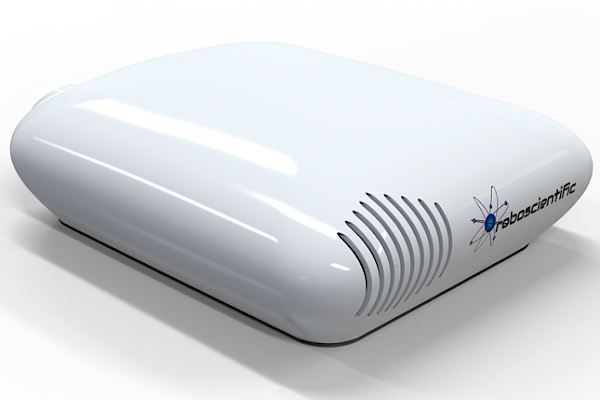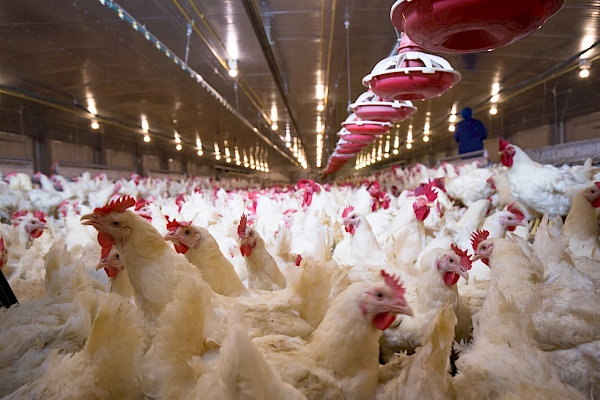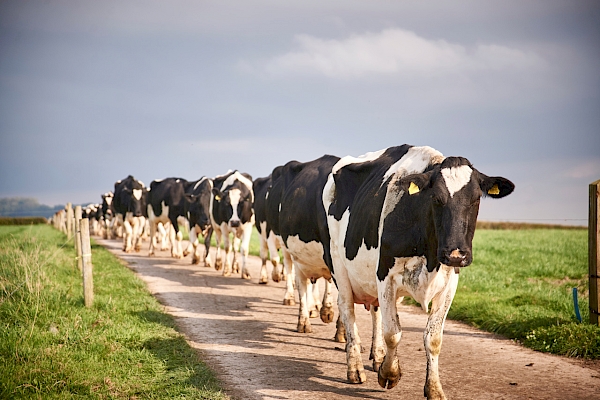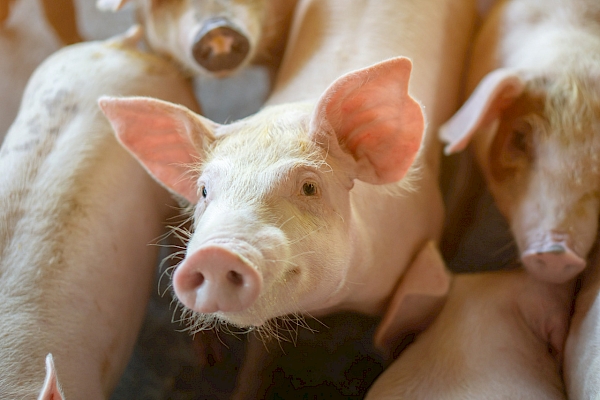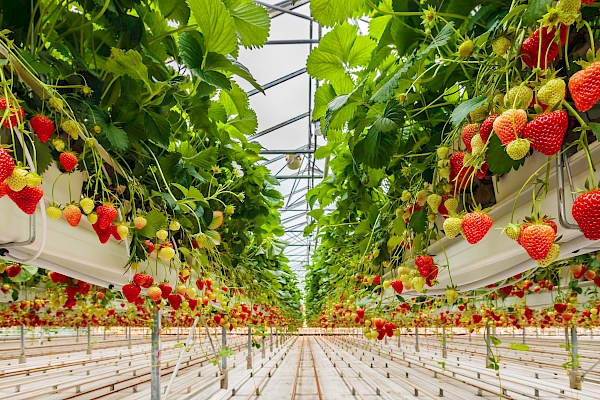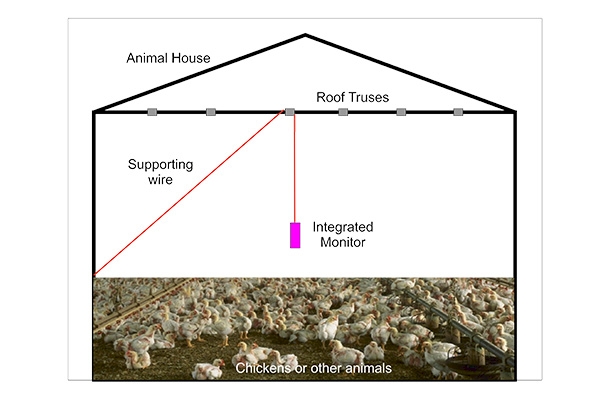Applications
- Applications
- Covid-19
- Poultry
- Dairy Cows
- Pigs
- Salad Crops
- Vegetables
RoboScientific – leading the field for Early Disease Detection
Roboscientific is leading the field in delivering fast, accurate and reliable results when a crop, chicken, cow, pig - or human - is infected by disease.
Roboscientific is applying the science of analysing Volatile Organic Compounds (VOCs) to detect a variety of diseases and conditions in poultry, livestock, crops and grain. It has developed a new generation of sensors and sampling processes which deliver far greater sensitivity, specificity and consistency than previously achieved in the field
Volatile Organic Compounds are the odours given off by all living organisms. As the condition of the organism changes, so do the VOCs given off. By monitoring these ‘smells’ from living organisms, such as animals, vegetables - and now Covid-19 sufferers, Roboscientific can provide non-invasive testing in real time.
RoboScientific is one of the world's foremost manufacturers of Volatile Organic Compound (VOCs) sensors and analysers. Its R&D uses VOC sensing to provide reliable and fast results from a wide range of samples to give farmers information about the status and health of livestock, crops and stored vegetables and cereals.
We are developing a range of detection devices from handheld monitors to room/barn monitors to regularly check the status of a wide range of living organisms - including montors to detect the presence of Covid-19 infected people in room environments.
Covid-19 - the next generation of testing - automatic, non-invasive, fast and affordable



Roboscientific is completing development of its Covid Air Monitor for indoor spaces. People infected with Covid-19 have a specific smell which they give off - which may be undetectable to the human nose, but which is emitted from their breath, their pores, their sweat - in fact all emissions from their body. The Roboscientific technology uses the same system as a dogs nose. Detecting the specific Digital Fingerprint of the Volatile Organic Compounds which create the smell associated with a specific disease - such as Covid-19.
The company has developed its technology over a number of years and it is now at the stage where it is relatively fast and straightforward to develop a sensor array to detect a new disease. Trials of the Covid-19 sensor array indicates that it has the capaility to be faster, easier and much more accurate (98%-100% Sensitivity and Specificity in recent trials), than PCR - the current Gold Standard for testing for Covid-19. Results are also delivered fast - in real-time from an automatic device so that tests can be taken immediately with reliable and accurate results delivered in minutes.
A future-proof platform for detecting disease in real-time
Future-proofing against the next pandemic - Roboscientific will have the capability to respond within weeks to a new disease by developing a new sensor array to target the new disease and swapping it into the monitor or individual testing device.
RoboScientific has developed a fast, efficient method of targeting suitable organic semiconductor candidates which respond to specific VOCs. Working with some of the leading researchers, commercial organisations and agricultural companies, we have a programme of research projects that continue to stretch the envelope of knowledge and increase the effectiveness of the monitoring systems we are developing.
The Roboscientific Sensor Arrays are specific for each application and can be changed as a module within the unit should the application need change. With Covid-19, should another virus develop into a significant pandemic disease, we have the capability to quickly develop a new sensor which can be inserted into the same monitoring device for rapid delivery of monitoring indoor spaces for the presence of the new disease.
Results achieved indicate we can deliver a high degree of accuracy from non-invasive sampling testing people, livestock and plants for a range of diseases. The Sensor Arrays are modular, making it possible to change the target diseases of a monitor by swapping the sensor array in the device.
Pigs
Initial feasibility studies have been completed to establish we can detect changes in pigs which wold indicate the onset of disease in pigs. We are now developing from that work to create a non-invasive disease detection platform for pigs.... More
Vegetables
Automatically sniffing the air to detect the first signs of spoilage and disease in the stored crop... More

